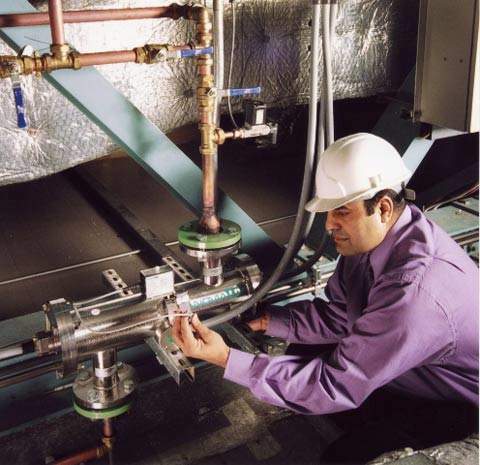Operators involved in the dry cleaning of dry food processing equipment should adopt the following hygiene practices middleton et al 2003.
Food processing equipment is disinfected with.
Hygiene practices during dry cleaning of dry food processing equipment 35 7 1.
Improving food safety and operational efficiency in food processing.
This targeted approach has been sufficient to maintain day to day control of contamination of foodstuffs but cannot eliminate all of the microorganisms in the processing environment.
Food preparation areas may have requirements for temperature ratings such as low temperatures for freezer rooms.
Inorganic soils in food processing include salts water stone calcium nitrate food stone e g calcium oxalate and metallic deposits like rust and oxides from processing equipment.
Cleaning in the food industry is not an easy task.
Residues of cleaning disinfecting agents are also soils.
Areas where food is processed and prepared need to be continually washed and disinfected to prevent contamination.
Standards and ensure food hazards are controlled.
Timmerman describes many soils commonly found in food processing.
These areas include poultry and meat packing facilities food processors restaurants or cafeterias.
The primary focus of sanitation procedures is food production equipment and much of the rest of the processing area whilst cleaned is not routinely disinfected.
However it is a critical step within food production since it is crucial to maintain and guarantee food safety.




























